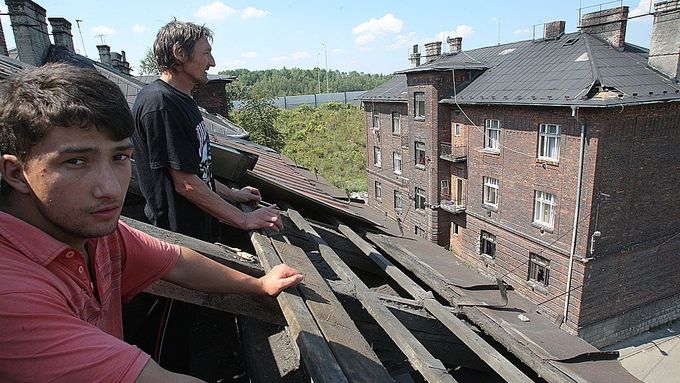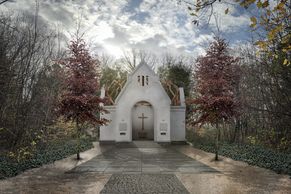Ostrava - According to estimates there are between 20,000 and 40,000 Roma living in the third largest city of the Czech Republic, with around 10,000 of them in poor ghettos with a 90 percent unemployment rate. Ostrava's population is approximately 300,000.
Last year the city hall launched a unique project to improve the situation in these poor localities. The Ostrava Social Inclusion program is expected to cost CZK 1 billion (EUR 39 million) and to last until 2020. The project's aim is to cut the unemployment rate in these communities by half and improve the education level of local children - all of this by 2020.
Agency: Rising anti-Roma sentiment is "security threat"
Police on racial riots: "We couldn't see it coming"
If the project is successful, it will be possible to implement the same scheme also in other parts of the Czech Republic. But the Ostrava experiment has produced only mixed results so far.
This February, the city hall and NGOs carefully selected four Roma families living in poor conditions - in total eight adults and six children - and moved them to newly renovated apartments in other parts of the city. In exchange, the parents pledged in writing to actively search for work and send kids to school.
In July, one of the families was excluded from the program after it was revealed that the father rejected a laborer job but worked illegally.
Spanish inspiration
It is a joint project by the Ostrava city hall, several municipal authorities, four NGOs, two big charities, big industrial players such as Vitkovice or ArcelorMittal, three secondary schools, police and a real estate company.
"It is a long-distance run, but it is having its effect," said Ostrava Mayor Petr Kajnar.
The program is inspired by a much more extensive project in Madrid, where the unemployment rate in socially excluded communities was cut from 90 percent to 40 percent - over the course of 30 years.
How many ghettos?
The Ostrava city hall has no precise data on the city's socially excluded communities and does not know how many people live there.
According to a 2006 analysis conducted by sociologist Ivan Gabal, there were around 28 socially excluded localities in the Moravian-Silesian Region, with ten of them in Ostrava.
At present the number is expected to be higher. This spring a civic association counted over 30 rooming houses for the poor with a total number of more than 7,000 inhabitants. Besides rooming houses, there are also other isolated Roma communities in several Ostrava neighborhoods.
There have been several anti-Roma protests recently, and the issue made international headlines. The Times even spoke about a "pogrom".












